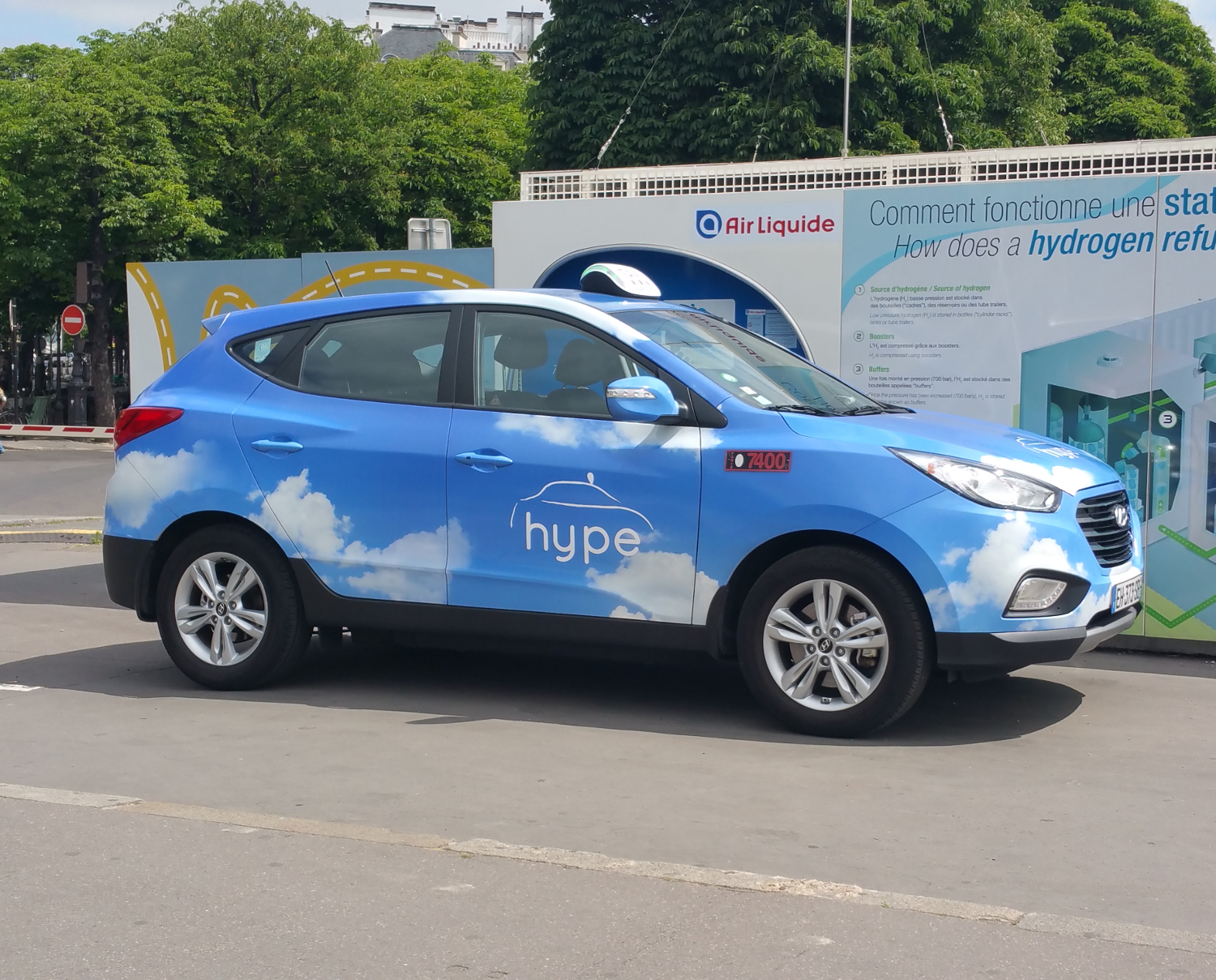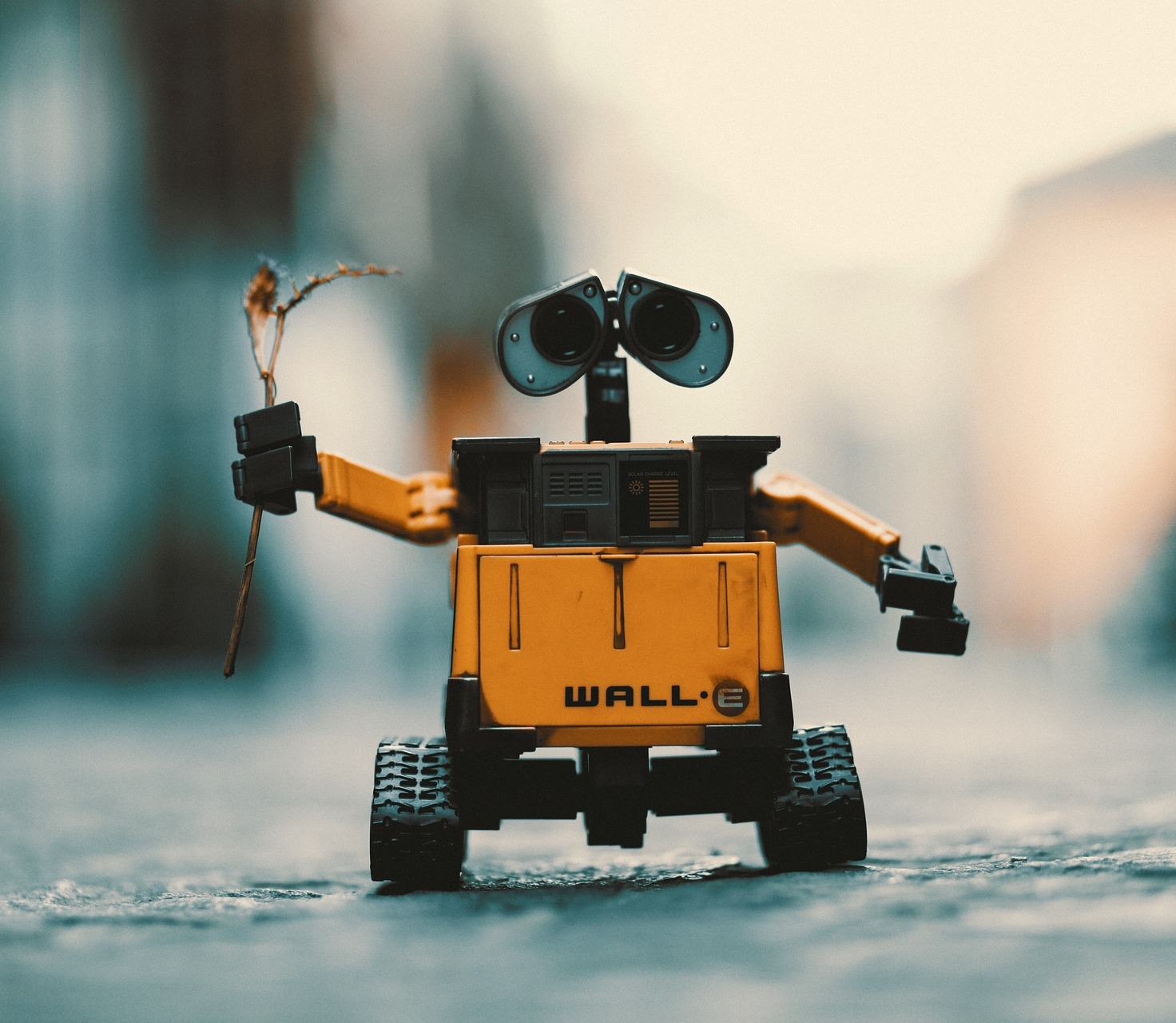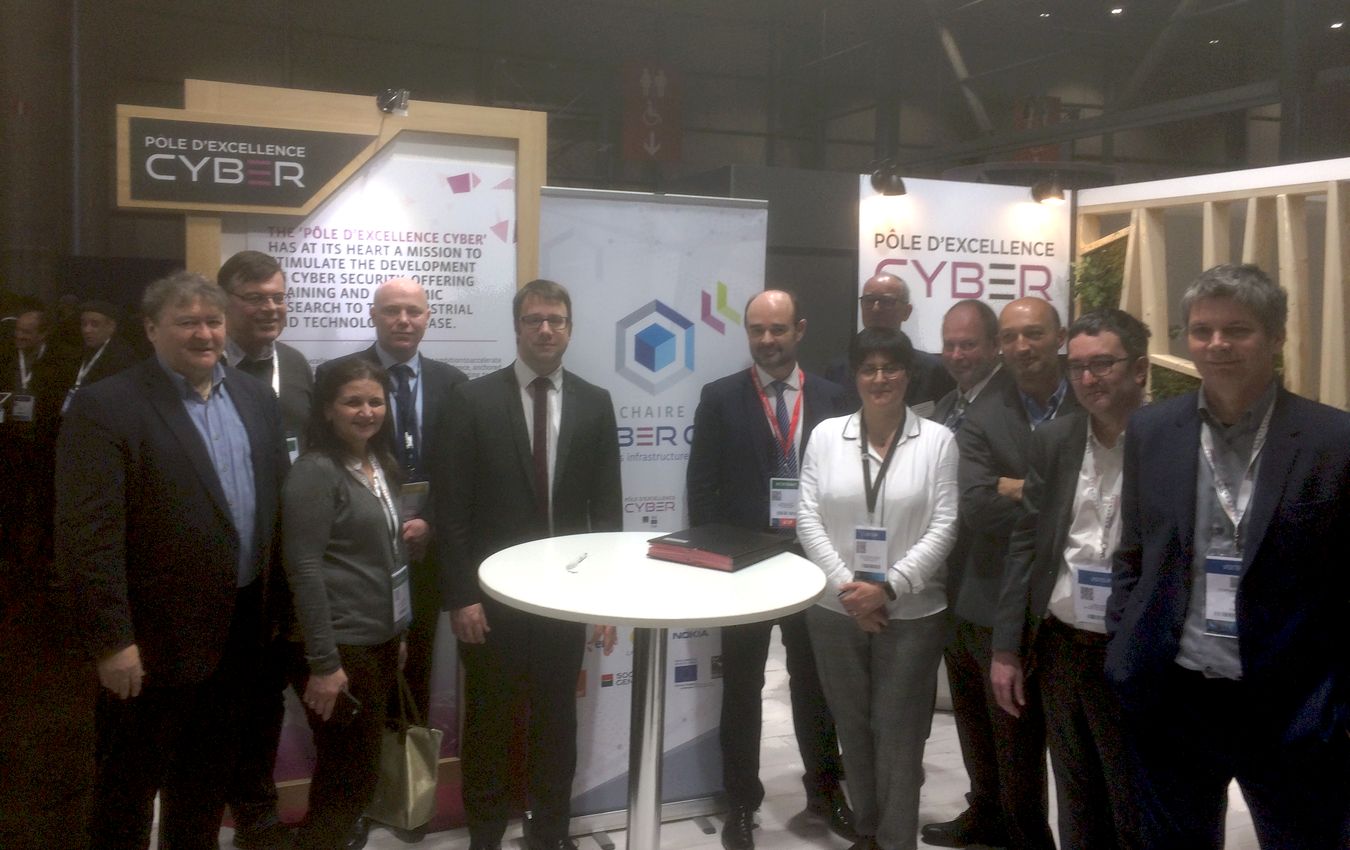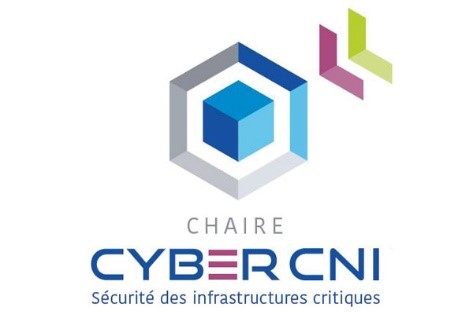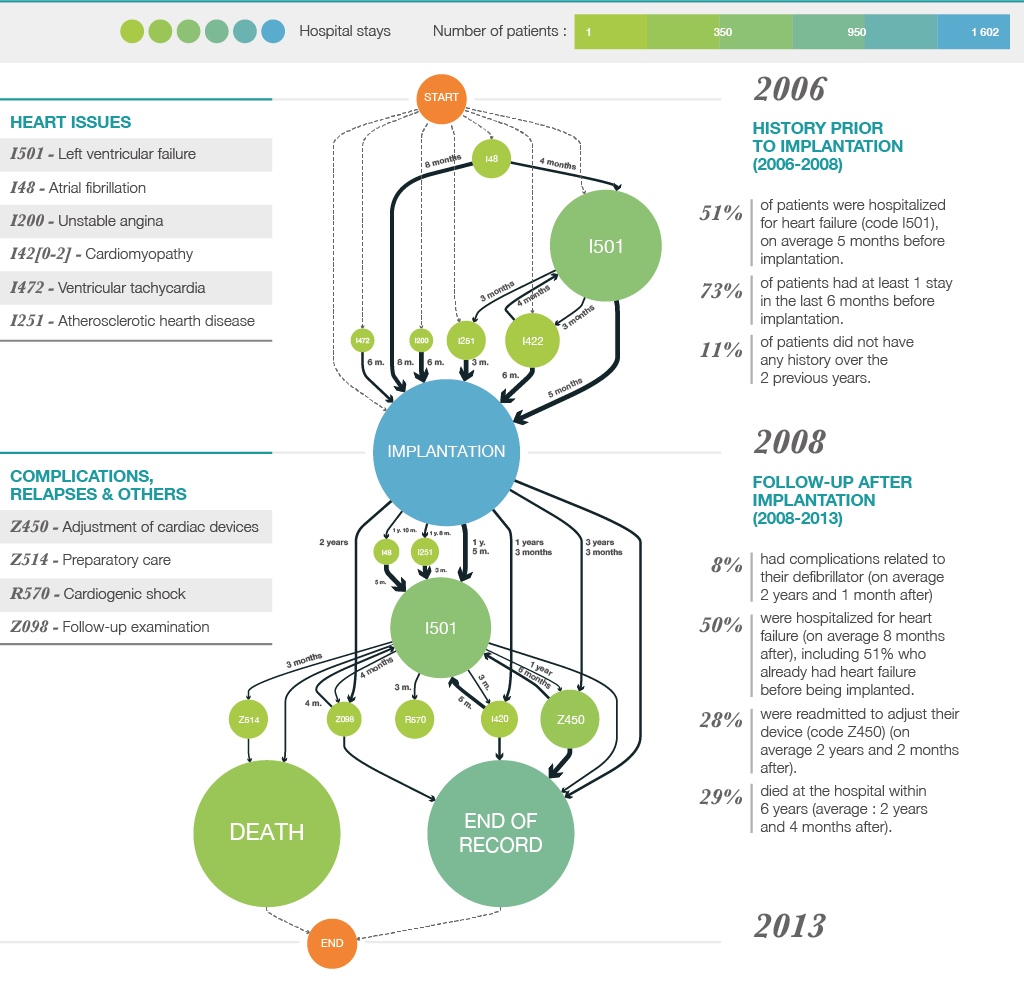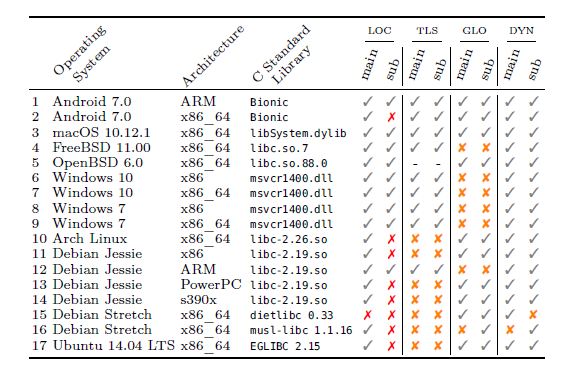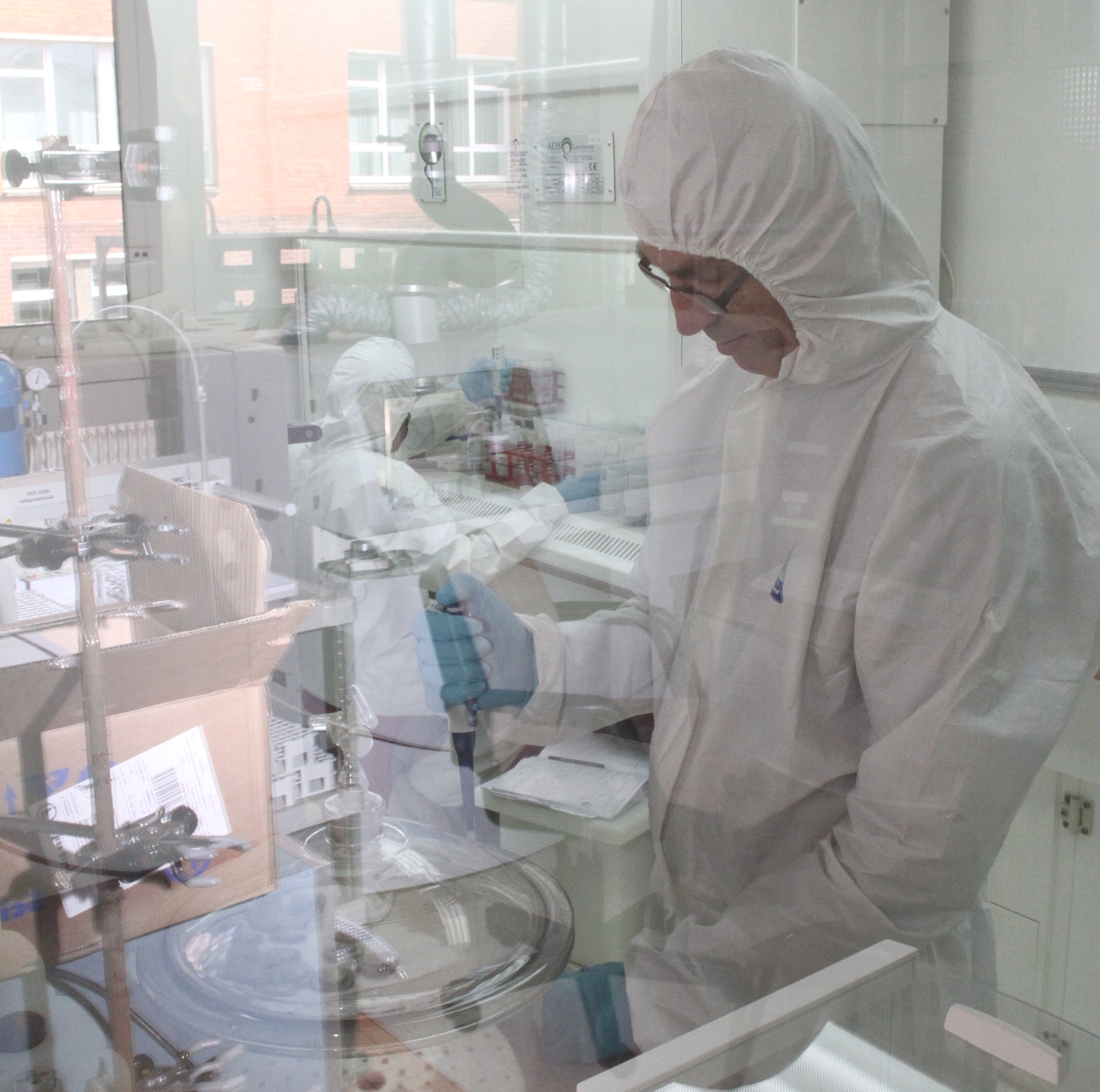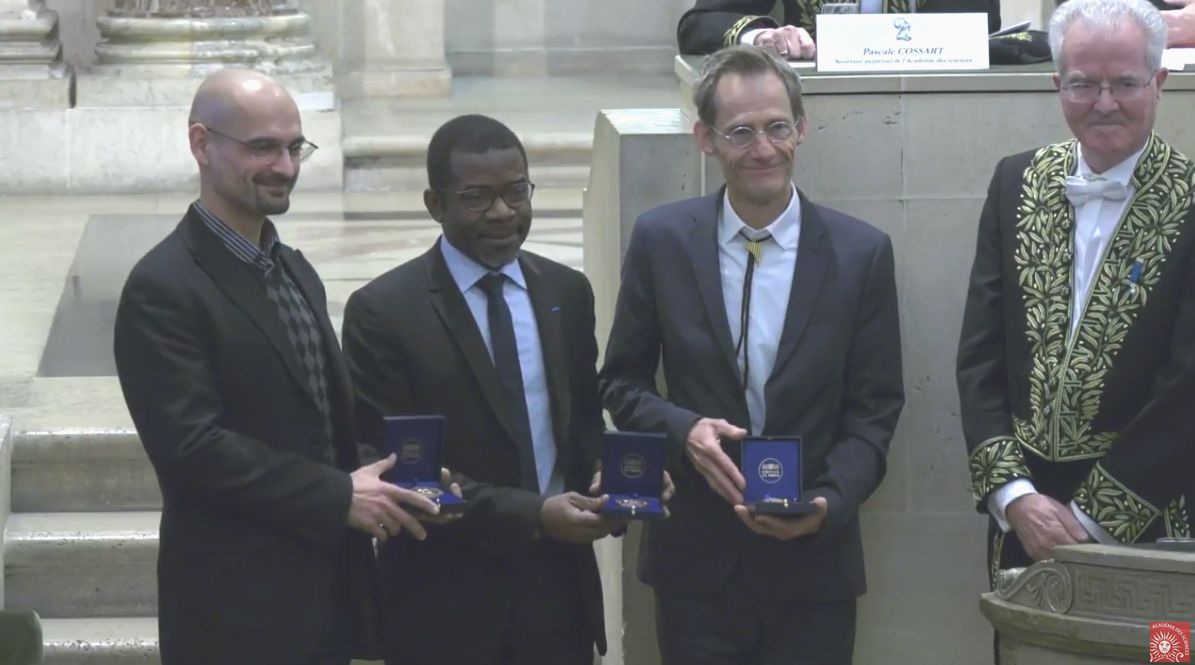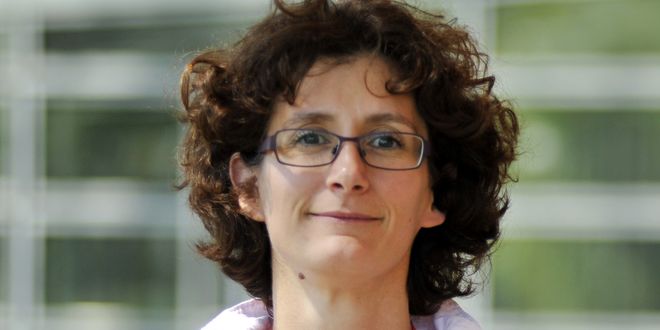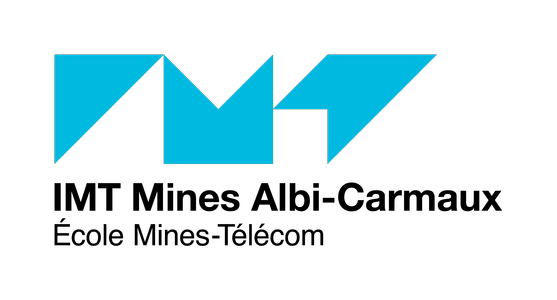What is hydrogen energy?
 In the context of environmental and energy challenges, hydrogen energy offers a clean alternative to fossil fuels. Doan Pham Minh, a chemist and environmental engineering specialist at IMT Mines Albi, explains why this energy is so promising, how it works and the prospects for its development.
In the context of environmental and energy challenges, hydrogen energy offers a clean alternative to fossil fuels. Doan Pham Minh, a chemist and environmental engineering specialist at IMT Mines Albi, explains why this energy is so promising, how it works and the prospects for its development.
What makes hydrogen so interesting?
Doan Pham Minh: The current levels of interest in hydrogen energy can be explained by the pollution problems linked to carbon-based energy sources. They emit fine particles, toxic gases and volatile organic compounds. This poses societal and environmental problems that must be remedied. Hydrogen offers a solution because it does not emit any pollutants. In fact, hydrogen reacts with oxygen to “produce” energy in the form of heat or electricity. The only by-product of this reaction is water. It can therefore be considered clean energy.
Is hydrogen energy “green”?
DPM: Although it is clean, it cannot be called “green”. It all depends on how the dihydrogen molecule is formed. Today, around 96% of hydrogen is produced from fossil raw materials, like natural gas and hydrocarbon fractions from petrochemicals. In these cases, hydrogen clearly is not “green”. The remaining 4% is produced through the electrolysis of water. This is the reverse reaction of the combustion of hydrogen by oxygen: water is separated into oxygen and hydrogen by consuming electricity. This electricity can be produced by nuclear power stations, coal-fired plants or by renewable energies: biomass, solar, hydropower, wind, etc. The environmental footprint of the hydrogen produced by electrolysis depends on the electricity’s origin.
How is hydrogen produced from biomass?
DPM: In terms of the chemistry, it is fairly similar to the production of hydrogen from oil. Biomass is also made up of hydrocarbon molecules, but with a little more oxygen. At IMT Mines Albi, we work a great deal on thermo-conversion. Biomass, in other words wood, wood waste and agricultural residues, etc. is heated without oxygen, or in a low-oxygen atmosphere. The biomass is then split into small molecules and primarily produces carbon monoxide and the dihydrogen. Biomass can also be transformed into biogas through anaerobic digestion by microorganisms. This biogas can then be transformed into a mixture of carbon monoxide and dihydrogen. An additional reforming step uses water vapor to transform the carbon monoxide into carbon dioxide and hydrogen. We work with industrial partners like Veolia to use the CO2 and prevent the release of greenhouse gas. For example, it can be used to manufacture sodium bicarbonate, which neutralizes the acidic and toxic gases from industrial incinerators. The production of hydrogen from biomass is therefore also very clean, making it a promising technique.
Read more on I’MTech: Vabhyogaz uses our waste to produce hydrogen
Why is it said that hydrogen can store electricity?
DPM: Storing electricity is difficult. It requires complex batteries, used on a large scale. A good strategy is therefore to transform electricity into another energy that is easier to store. Through the electrolysis of water, electrical energy is used to produce dihydrogen molecules. This hydrogen can easily be compressed, transported, stored and distributed before being reused to produce heat or generate electricity. This is a competitive energy storage method compared to mechanical and kinetic solutions, such as dams and flywheels.
Why is it taking so long to develop hydrogen energy?
DPM: In my opinion, it is above all a matter of will. We see major differences between different countries. Japan, for example, is very advanced in the use of hydrogen energy. South Korea, the United States and China have also invested in hydrogen technologies. Things are beginning to change in certain countries. France now has a hydrogen plan, launched last June by Nicolas Hulot. However, it remains a new development, and it will take time to establish the infrastructures. We currently only have around 20-25 hydrogen fuel stations in France, which is not many. Hydrogen vehicles remain expensive: a Toyota Mirai sedan costs €78,000 and a hydrogen bus costs approximately €620,000. These vehicles are much more expensive than the equivalent in vehicles with diesel or gas engines. Nevertheless, these prices are expected to decline in coming years, because the number of hydrogen vehicles is still very limited. Investment programs must be established, and they take time to implement.
Read more on I’MTech:

